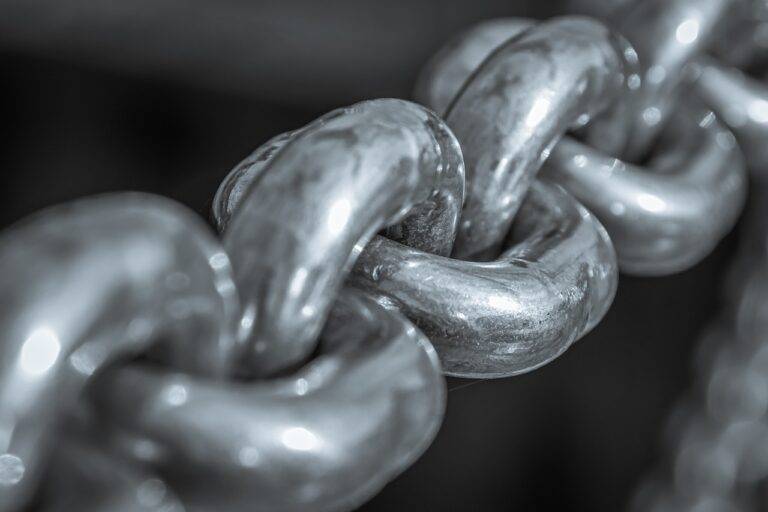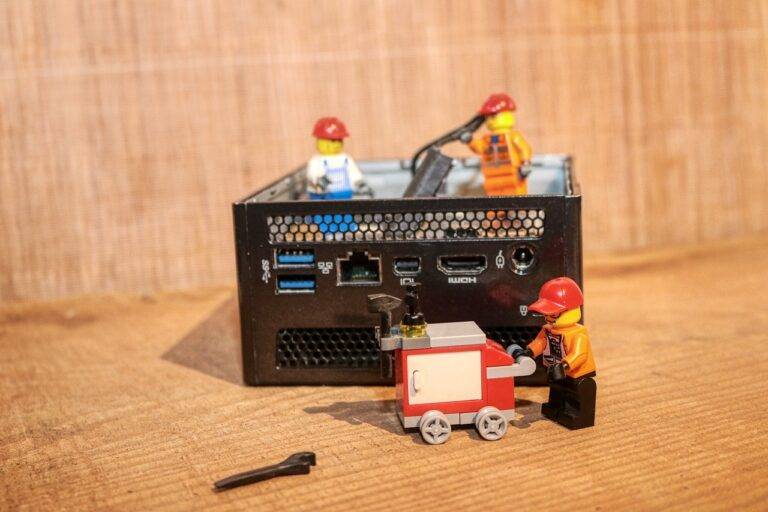Exploring the Role of Tech in Disaster Prevention
Disaster prevention refers to the measures taken to anticipate, plan for, and mitigate the impact of natural or man-made disasters. These disasters can include earthquakes, floods, hurricanes, wildfires, tsunamis, pandemics, and more. The goal of disaster prevention is to minimize the loss of life, injury, and property damage that can result from such events.
The Role of Technology in Disaster Prevention
Technology plays a crucial role in disaster prevention by providing tools and solutions that help authorities and communities prepare for, respond to, and recover from disasters more effectively. Here are some key ways in which technology is being used in disaster prevention:
Early Warning Systems
One of the most important uses of technology in disaster prevention is the development of early warning systems. These systems use various sensors, satellites, and other technologies to detect the signs of an impending disaster and alert authorities and communities in advance. For example, earthquake early warning systems can provide crucial seconds or even minutes of warning before a quake hits, allowing people to take cover and minimize casualties.
Remote Sensing and Monitoring
Remote sensing technologies such as satellites and drones play a vital role in disaster prevention by providing real-time data on weather patterns, geological changes, and other factors that can lead to disasters. By monitoring these changes, authorities can better predict and prepare for potential disasters, such as floods, landslides, and wildfires.
Geographic Information Systems (GIS)
GIS technology is used to map and analyze geographic data, such as terrain, population density, infrastructure, and more. By using GIS, authorities can identify high-risk areas prone to disasters and develop targeted prevention strategies. For example, GIS can be used to create evacuation plans, identify safe zones, and improve emergency response times.
Communication and Coordination
During a disaster, effective communication and coordination are essential for saving lives and minimizing damage. Technology plays a crucial role in facilitating communication between first responders, government agencies, and affected communities. For example, social media platforms, mobile apps, and emergency alert systems help disseminate critical information quickly and efficiently.
Resilient Infrastructure
Investing in resilient infrastructure is another important aspect of disaster prevention. Modern technologies such as smart sensors, IoT devices, and AI algorithms can be integrated into infrastructure to monitor and manage risks in real-time. For example, smart buildings can detect structural weaknesses and trigger alerts before a collapse occurs, saving lives in the process.
Community Engagement and Education
Lastly, technology plays a key role in engaging and educating communities about disaster prevention. Mobile apps, online platforms, and virtual simulations can help raise awareness about potential risks, prepare people for emergencies, and train them on how to respond effectively. By empowering communities with the right knowledge and tools, technology can help build resilience and save lives.
FAQs
Q: How can individuals contribute to disaster prevention efforts?
A: Individuals can contribute to disaster prevention efforts by staying informed about potential risks, creating a family emergency plan, participating in community drills and exercises, volunteering for disaster response organizations, and supporting local initiatives focused on preparedness and resilience.
Q: What are some emerging technologies in disaster prevention?
A: Some emerging technologies in disaster prevention include AI and machine learning for predictive modeling, blockchain for secure data sharing, 5G networks for real-time communication, and robotics for search and rescue operations. These technologies have the potential to revolutionize the way we prevent and respond to disasters in the future.
Q: How can governments better leverage technology for disaster prevention?
A: Governments can better leverage technology for disaster prevention by investing in digital infrastructure, increasing funding for research and development, fostering public-private partnerships, and promoting data sharing and collaboration across agencies. By incorporating technology into their disaster preparedness plans, governments can improve response times, enhance coordination, and save lives.





